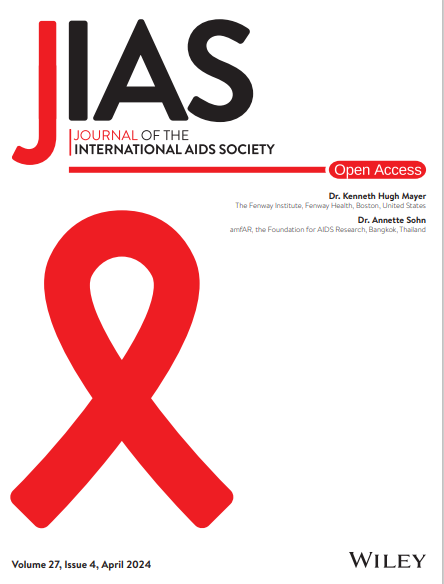Socio-economic status and adherence to HIV preventive and therapeutic interventions: exploring the mediating role of food insecurity among men who have sex with men and transgender and non-binary persons from Brazil
Abstract
Introduction
Brazil offers free-of-charge antiretroviral therapy (ART) for people living with HIV (PLWH) as well as oral pre-exposure prophylaxis (PrEP) through its national health system. Adherence to ART and to PrEP is essential to achieving the expected benefits of virologic suppression and prevention of HIV acquisition, respectively. Brazil has experienced worsening social inequalities, exacerbated by the COVID-19 pandemic, leading to increases in food insecurity especially among vulnerable populations. We explored whether food insecurity mediated the association of socio-economic status on adherence to ART/PrEP.
Methods
Adult men who have sex with men (MSM) and transgender and non-binary persons (TGNB) living in Brazil (May−September/2021) voluntarily participated in a cross-sectional online study advertised on dating apps and social media. Participants living with HIV reporting ART use and participants with HIV-negative status reporting daily oral PrEP use were eligible for the analysis. Self-report of ART adherence was measured by the WebAd-Q instrument (3-items/past week) plus a visual analogue scale. Self-report of PrEP adherence was measured by the number of days the person took PrEP in the past week. The 8-item Brazilian Scale of Food Insecurity (EBIA) was used to measure food insecurity (higher scores indicate more severe food insecurity). Two structural equation models were used to assess the direct and indirect effects of variables on ART adherence among PLWH and on PrEP adherence among people using PrEP.
Results
In total, 1230 PLWH were using ART, and 991 individuals with HIV-negative status were using daily oral PrEP. The median age of PLWH was 37 years (HIV negative: 34 years), most were cismen (98%). More PLWH reported moderate/severe food insecurity (21.7%; HIV negative: 12.9%). Self-report of ART adherence (measured by WebAd-Q, past 7 days) was 55.7% (PrEP adherence: 93.3%). In the two models, socio-economic status had an effect on adherence that was mediated through food insecurity: higher socio-economic status was associated with lower food insecurity, and higher food insecurity was associated with lower adherence.
Conclusions
Our findings suggest that the provision of socio-economic support could help PLWH and people at higher vulnerability to HIV acquisition by improving their adherence to ART or PrEP, and ultimately populations through decreased HIV transmissions.


 求助内容:
求助内容: 应助结果提醒方式:
应助结果提醒方式:


